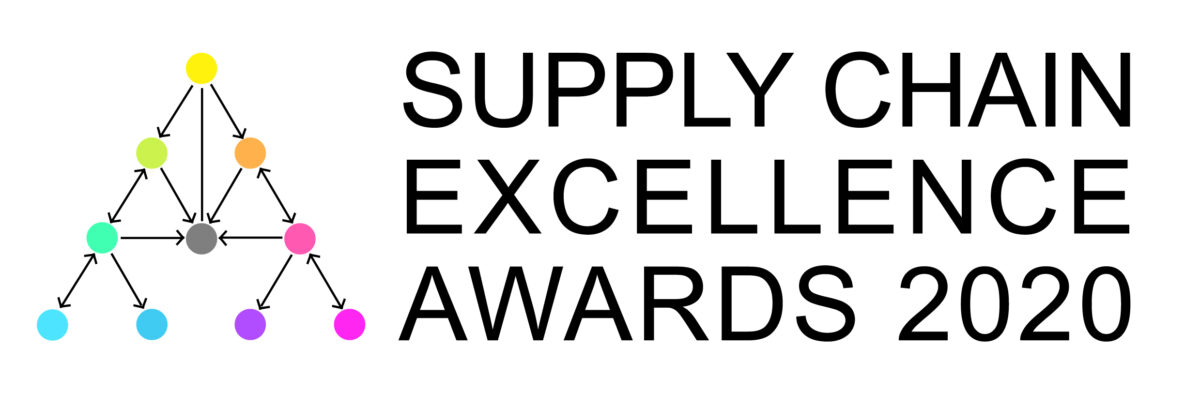Predictably, some familiar themes kept recurring at the Extended Supply Chain 2008 conference, held in London last month.
Author: Malory Davies
Pundits and politicians talk about the need for joined-up thinking, and ERP vendors and systems integrators are equally enthisiastic. But just how joined-up are our supply chains in reality?
Retailers are rightly concerned about that last mile in the home delivery process, and how their goods arrive on our doorsteps.
Watching the transcontinental trucks thunder down the motorway focusses the mind on all that burning diesel. Can’t we use trains more?
A few years ago, lumbering data warehouses with nightly number crunching were the rarefied preserve of computer science graduates. Today it’s rather different – data is the vital business driver.
Rising fuel costs, concerns over congestion and carbon emissions, global consumerism – perhaps the time has come for a change in production planning. Penelope Ody
Managing a large amount of data in real-time used to demand supercomputers, teams of highly-paid IT experts, years of work and a lot of money. Today, complex event processing systems are turning it into a lower budget affair. Penelope Ody
Retail supply chains used to be about manufacturers sending goods to shops with the occasional wholesaler or distribution centre in between. Not any more – the extended retail supply chain goes to the shelf, the shopping basket and even the kitchen cupboa
The reshaping of the European Union will affect distribution in some profound ways. Romania, regarded by many as a wild frontier, could soon become a significant transit hub.
How do you achieve an accurate forecast in retail? Enter ‘flowcastin’. By Penelope Ody






